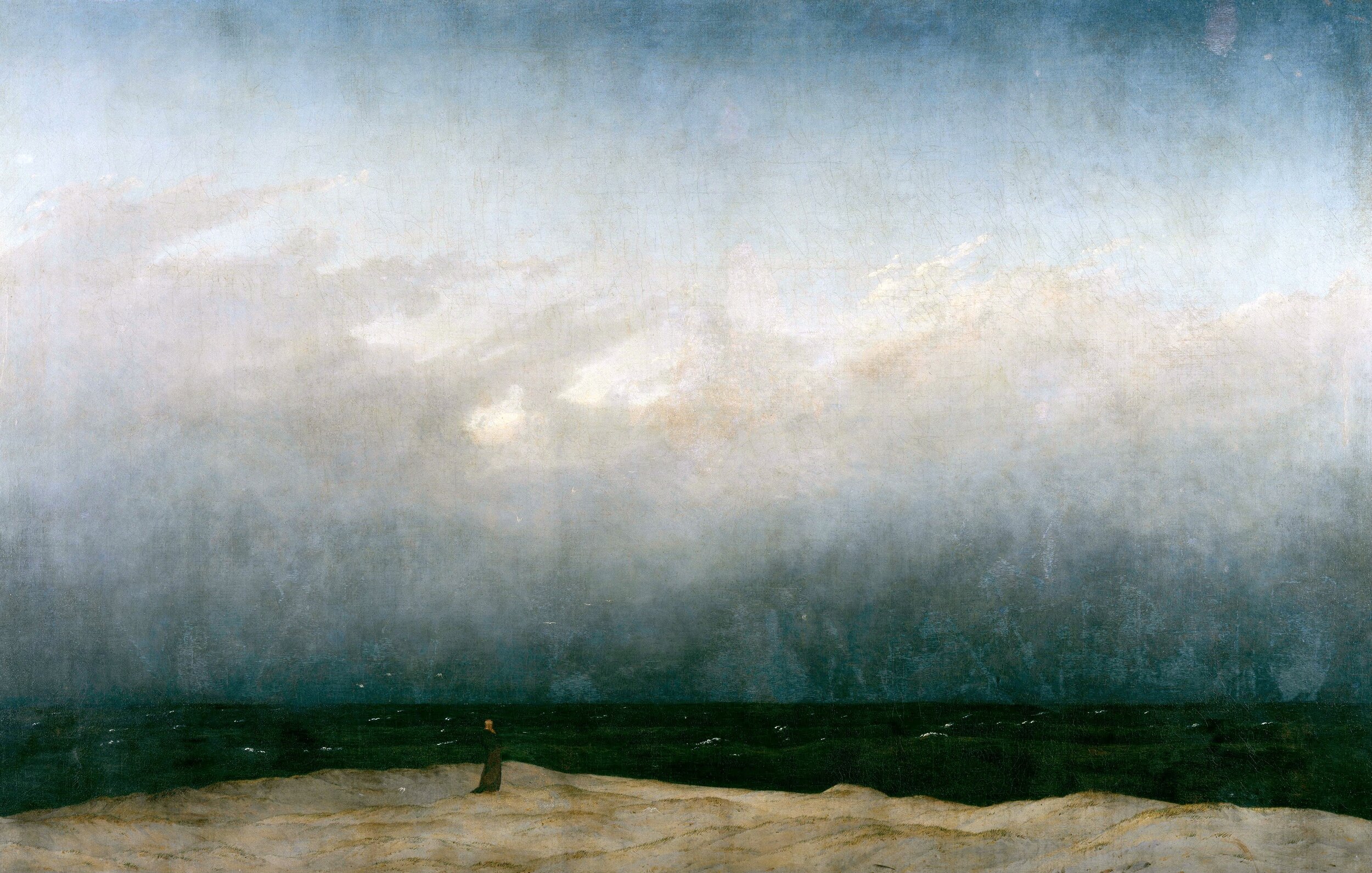At times like these when we are reeling from the impact of the Covid 19 pandemic, not to mention last summer’s bushfires, we can become so pumped up with anxiety and dread that we can forget to keep an appointment with someone very important - our inner selves.
We might have intimations of it whilst driving on a quiet freeway or when contemplating a sunset or dawn. I can remember when I was a kid the beautiful aroma of eucalypt forests that would waft across the suburbs of Melbourne first thing on a hot summer’s day, before the traffic pollution and rising heat obliterated it.
Author Alain de Botton argues that we should bring a little perspective back to our needlessly tense and preciously brief lives. I think the operative words here are “preciously brief”, and this brings me to a regular theme of his at the School of Life – the concept of a higher consciousness. For much of our lives we have no choice but to live in a state of lower consciousness – we must in order to attend to practical everyday matters. But taken to an extreme, this can lead to us over reacting to insults, blaming others and developing an exalted sense of who we are, our beliefs, and our place in the world.
Alone In The Marches, oil on canvas, 71 cm x 100 cm
Achieving a higher state of consciousness involves loosening our hold over our own egos and rising to a less biased perspective of the world. Our mind moves beyond self-interest and cravings and we are able to relate more to our natural environment, wind, cloud, trees or even the aroma of a distant forest. We may even start to have a little more compassion for our fellow human beings. Periods of higher consciousness can be desperately short lived, but the idea is to harvest their insights for the panicky periods when we need them most. This is not easy to achieve and I am still working on it.
Art has a role to play here as you will see from the following;
Jacob Van Ruisdael, ‘Wheat Fields’, ca 1670, oil on canvas
A man with a traveller’s pack approaches a woman and child in a cultivated landscape. There is a glimpse of boats at sea on the far left. But it’s clear the viewers’ eye is directed to the dominant sky which takes us to another level of consciousness, and thus the encounter below is rendered insignificant.
Caspar David Friedrich, ‘Monk By The Sea’, 1809, oil on canvas
This painting was daring in its originality when exhibited at the Berlin Academy in 1810. It’s not strictly a landscape or a seascape, so what is it? Friedrich once said a painter should paint not only what he sees before him, but also what he sees within himself. This could involve making a conversion from the material world into the spiritual world. At a time when most artists were producing images of an idealized or corporeal world, Friedrich presented viewers with a void. Or is it? The presence of a figure who appears to confront the unknowable void before him adds a poignancy to the work and gives it an emotional power. Critic Robert Rosenblum argues this painting prefigures the work of Turner and Rothko who sought to escape from the material world by distilling the mysteries of nature and spirit in veils of atmospheric colour.
Antoine Chintreuil, ‘Expanse’, 1869, oil on canvas
As the realities of the industrial revolution began to hit home, with grueling and often dangerous factory work replacing traditional farm labour, there grew a demand for images of a disappearing rural Arcadia. People were flocking to the cities to find work and just survive.
Many artists of the mid-19th century began to focus on nature’s awesome immensity as, perhaps, a form of meditation including Antoine Chintreuil with this painting that made quite an impact at the Paris Salon of 1869. There is a rural setting in the foreground but this is reduced to insignificance by the vast horizon and the sky above. The scene is peaceful and the sunrise “suggests a benevolent deity presiding over the verdant land below.” ROSENBLUM
‘Arctic Summer’, oil on canvas, 77 cm x 92 cm
Places like these really do exist and we need to acknowledge them. They can bring a context to our own existence in the overall scheme of things. Our relationship with the natural world is a contract. If we respect the laws of nature, we will reap the benefits. If not, we will be punished - as is becoming increasingly apparent.
‘Hopetoun Lawn’, oil on canvas on board, 61 cm x 72 cm
When I paint a scene I try to imagine being there, how I am feeling in that scene – perhaps serene or a little melancholy but not anxious. It helps me create a mood so that these scenes are intended to be more than just a record of what’s there. I guess you could argue that I’m trying to access a state of higher consciousness.
References;
Alain De Botton - The School Of Life
Robert Rosenblum - Paintings In The Musee D’orsay
Robert Rosenblum & H. W. Janson - Art Of The Nineteenth Century, Painting and Sculpture





